Double-spending is a risk that every crypto trader must be aware of. So how dangerous it is and how do we avoid it?
In the decentralized system of cryptocurrency, all transactions are purely peer-to-peer. It means that users can send as well as receive payments to or from anyone on the network, so they don't require approval from an external source or authority. The idea was basically to eliminate centralized control of money and ensure speedy processing of transactions.
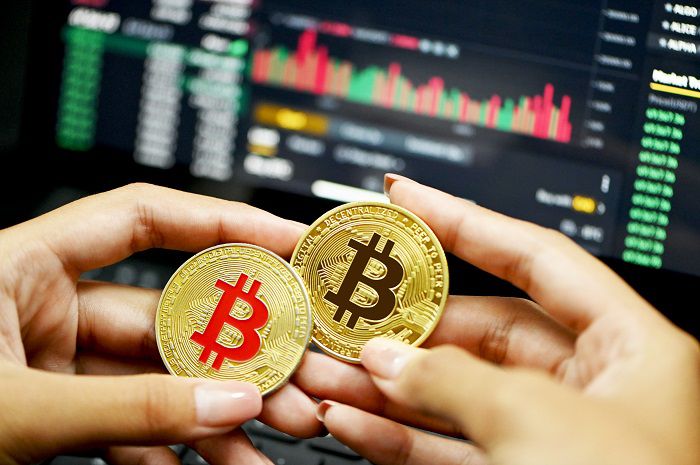
However, the decentralized crypto system apparently has problems of its own. One of the primary concerns regarding digital currencies is the issue of double-spending. If you just started entering the crypto world or are planning to trade cryptocurrency, this is one of the most essential things you should know.
Contents
What is Double-spending?
Double-spending is the risk that the same unit of a digital currency can potentially be spent multiple times in order to trick the recipient of those funds. Just like fiat currency, a digital coin or token is supposed to be used only once in each transaction, so as a result, double-spending is dangerous and can potentially damage the trust in cryptocurrency and blockchain s. It can also create a disparity between the spending record and the amount of the available cryptocurrency and disrupt the way cryptocurrencies are distributed.
Double-spending is an issue unique to cryptocurrencies because digital information can be reproduced rather easily by those with a deep understanding of the blockchain network and the computing power necessary to manipulate it. Meanwhile, physical currencies do not have this issue simply because they cannot be easily replicated.
Let's say you buy a bowl of salad with a $10 bill, you cannot turn around and spend that very same $10 bill elsewhere. A transaction using a virtual currency like Bitcoin, however, happens entirely digitally. Thus, it's possible to copy the transaction details and attempt to reuse them so that the very same crypto could be spent more than once by a single owner.
Types of Double-spending Attacks
There are several ways in which double-spending can occur, such as:
1. Race Attack
A race attack is a specific type of double-spending attack that is aimed to make a purchase with an invalid transaction. In order to do this, the attacker creates two conflicting transactions by using the exact same digital asset and sends it to two separate wallets at the same time.
The first transaction is the one that the attacker doesn't want to succeed and it is addressed to the victim. Meanwhile, the second one is the conflicting transaction meant for another wallet that the attacker controls. The second transaction would typically be broadcasted to a larger number of nodes on the network to increase so that the second transaction gets a better chance of being confirmed before the other one.
Once created, the two transactions will then go into the pool of unconfirmed transactions, waiting to be verified by the miners. If the second transaction is confirmed first, then the first transaction becomes invalid and would not be verified. As a result, the recipient will never receive the money they had anticipated.
So to put it simply, the attacker basically sends an unconfirmed transaction to the victim. The transaction will send the Bitcoin to the victim's wallet. At the same time, they broadcast a conflicting transaction to the network. As the merchant saw their transaction first, they are under the illusion that they're going to receive the money, while the miners and the rest of the blockchain saw the false transaction first, and thus, the first transaction becomes invalid and the merchant will not get paid. If successful, the attacker gets both the coin back and the merchant's services or products.
2. Finney Attack
This type of attack is named after Hal Finney, who was a well-known cryptographer and Bitcoin pioneer. Finney attacks can only be done by crypto miners because it involves pre-mining blocks that will be used to double-spend.
First off, the attacker pre-mines a block in which they include transactions to and from themselves, say from address A to address B. When he generates another block, he would the publishing time. Instead, he would make a purchase and create a transaction to the seller's address C with his address A. The seller might wait for a little while before sending the goods or straight up transferring the goods without waiting for confirmation. As soon as that happens, the attacker would publish his block, which then becomes the legitimate transaction. The seller's transaction will become invalid, so the attacker ends up getting the goods and the coin back.
3. 51% Attack
A 51% attack occurs when an attacker controls over half of the network's hash power and can therefore impose their will even if the rest of the other miners act as one and are against him. With such control, he can launch a strong double-spend attack and alter the blockchain. It is worth noting that if we talk about the largest crypto Bitcoin, it has such an enormous hash rate count so this scenario is highly improbable in its blockchain. However, while Bitcoin has mostly been immune to this type of attack, other cryptocurrencies with less hashing power are not.
What happens basically is that the attacker would start mining a private fork. Then they would send a large amount of assets to an exchange which they would trade for a different currency and subsequently withdraw. After that, they would publish the fork, now longer than the existing chain, and therefore becomes the 'real' chain. They now have the original asset back as well as their chosen currency.
A 51% attack is very expensive to execute, so it is typically directed to large exchanges with sizable holdings. The attacker must be able to successfully double-spend more than the cost of the attack itself in order to make profits. This attack was initially the only known vulnerability of the blockchain and seemed unrealistic in the near past.
Can Double-spend be Prevented?
Like the various implementations of double-spending, there are also many ways to prevent it. Bitcoin, for example, has mechanisms to prevent double-spending attacks. The system basically aims to ensure that the party sending the BTC really owns the coin, hence preventing fraudulent activities.
For a start, all Bitcoin transactions must be included in the Bitcoin blockchain, which is secured by miners. Every new transaction will be counted as unconfirmed or pending. It will have to wait to be confirmed by the miners and then included in a block. New blocks are added every 10 minutes or so. Once an unconfirmed transaction is put in a block, it means that it has passed the verification process and becomes a valid transaction. Once a transaction is verified, it becomes irreversible and cannot be modified in any way.
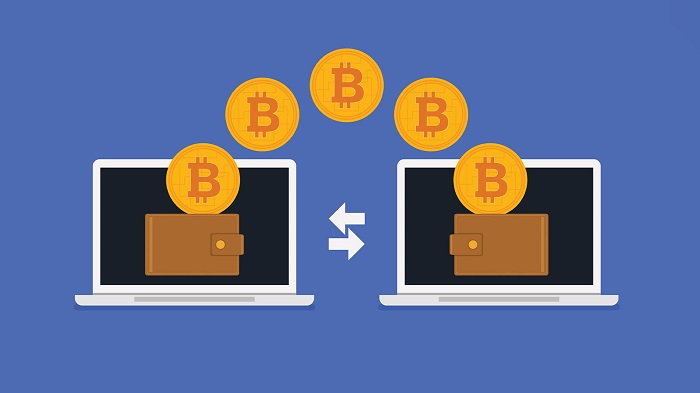
Moreover, a network with such a big scale like Bitcoin surely has more advantages in terms of resources and security to protect itself against an attack. This is why smaller networks or blockchains are more commonly targeted for double-spending attacks, as they are more vulnerable in many ways. This also explains why many smaller chains tend to seek additional security like "merged mining" to take advantage of Bitcoin's network and community. Keep in mind that this still won't guarantee full protection against double-spending attacks as there are many determined and well-resourced attackers out there.
How to Avoid Double-spending Attacks
Bitcoin has exceeded a market capitalization of $750 billion in January 2021. As Bitcoin keeps maturing and becomes more popular over time, more people are seeking out opportunities to do double-spending. However, thanks to Bitcoin's sophisticated blockchain and effective system, double-spending is nearly impossible now.
The key is to not accept any unconfirmed transactions. If you can do that, you wouldn't have to worry about double-spending attacks, especially now that most wallets and exchanges would tell you whether a transaction is already confirmed or not.
Remember that the longer you wait for each transaction, the more secure the transaction is. If you wait until several blocks are written in front of your block, it will make your transaction way more secure and the chance of reversal is very low.
The recommended waiting time actually depends on the amount sent and what blockchain you're using. For Bitcoin payments of less than $1000, one confirmation is mostly considered secure. For transactions up to $10,000, three confirmations are usually enough. For maximum protection, six confirmations are highly recommended.
On the Bitcoin blockchain, confirmations happen every 10 minutes, but this is different for each network. Some have much shorter block confirmation times, ranging from seconds to a few minutes only.
Final Thoughts
Double-spending attacks have been commonly discussed extensively in the blockchain community. Such an act is actually very dangerous to the blockchain mechanism as it can eliminate some of the most prominent features of blockchain, such as trustless, immutable, and decentralized transactions. The double-spending issue is quite challenging to resolve because it requires maintaining a considerable number of servers storing identical and up-to-date copies of public transaction ledgers.
In the case of Bitcoin, every transaction is verified by miners. They ensure that all transactions during the verification process are irreversible, final, and cannot be modified, thus solving the issue of potential double-spending.
However, some other blockchains are probably not that powerful to be able to fully eliminate the risk of double-spending. As more and more confirmations of the block exponentially grow, the integrity of the transaction is further protected. Just remember that as long as you don't accept unconfirmed transactions, you can be certain that the chance of a double-spending attack is quite small.
For all of its natures, double-spending attacks are common risks in online transactions. Hence, using offline payment may be one of the best solutions to avoid it. But, is it possible to buy Bitcoin without executing online transactions? Surprisingly, there is more than one way to buy Bitcoin with cash.

 Dedicated FREE FOREX VPS
Dedicated FREE FOREX VPS Free FOREX Virtual Private Server
Free FOREX Virtual Private Server MT4 Demo Contest, Get $500
MT4 Demo Contest, Get $500 Sign Up for an Account, Claim 60% Deposit Bonus
Sign Up for an Account, Claim 60% Deposit Bonus Free MT4/MT5 VPS 2024
Free MT4/MT5 VPS 2024 Send E-mail and Get Free Merchandise
Send E-mail and Get Free Merchandise $1K Refer a Friend Bonus for Pepperstone Pro clients
$1K Refer a Friend Bonus for Pepperstone Pro clients Maximize Your Earnings with 100% Deposit bonus
Maximize Your Earnings with 100% Deposit bonus Trade to Win, $5,000 Monthly Demo Contest
Trade to Win, $5,000 Monthly Demo Contest Claim 30% + 15% Deposit Bonus from LiteFinance
Claim 30% + 15% Deposit Bonus from LiteFinance
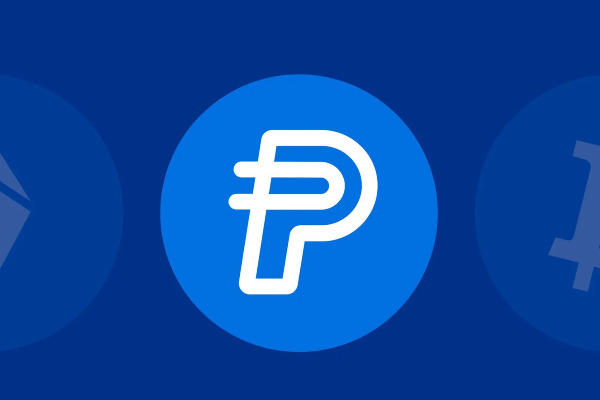
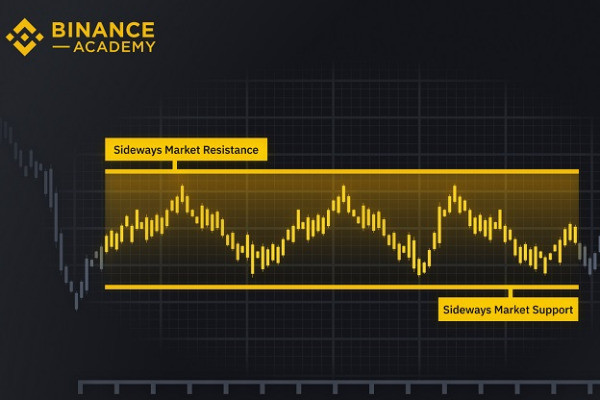
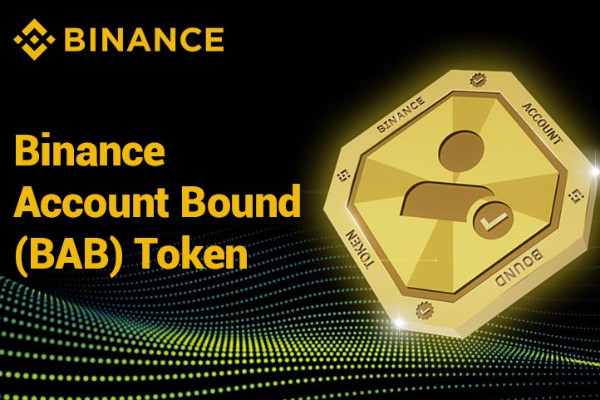

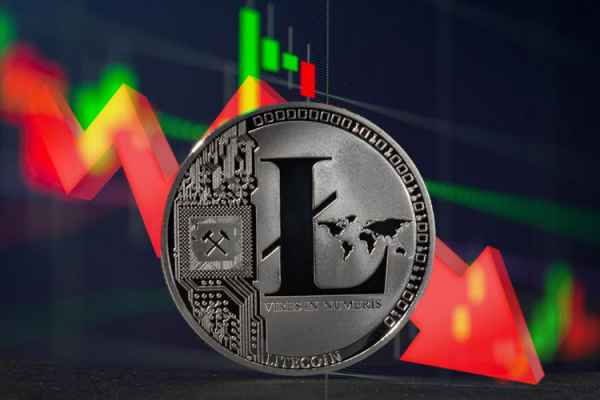

 Bitcoin
Bitcoin Ethereum
Ethereum Tether
Tether BNB
BNB Solana
Solana USDC
USDC XRP
XRP Dogecoin
Dogecoin Toncoin
Toncoin Cardano
Cardano